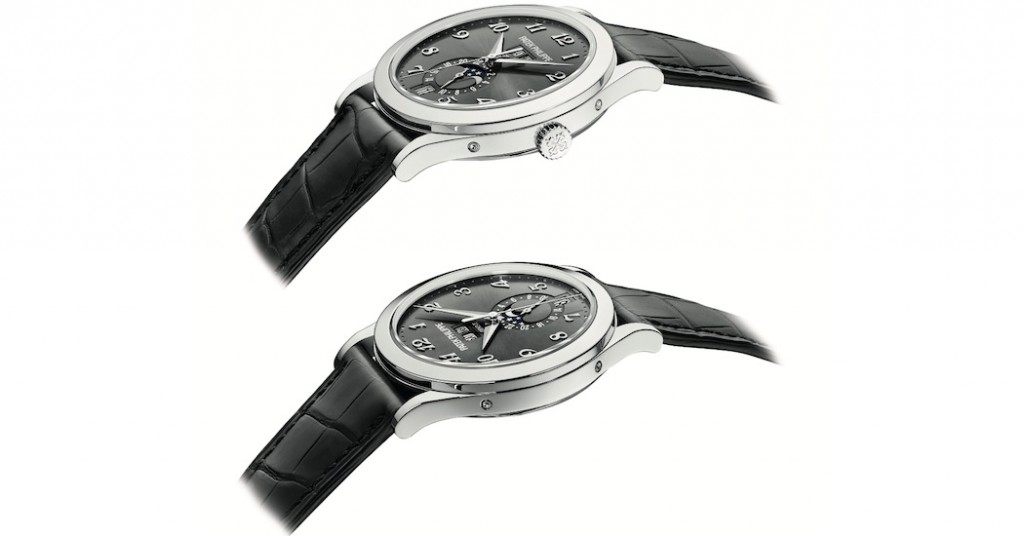The latest model in the category of annual calendars is the Patek Philippe Reference 5396 Annual Calendar. Shortly after the first wristwatches were launched, Patek Philippe introduced the first perpetual calendar for the wrist: It was wristwatch No. 97975 presented in 1925. It displayed the date, the day of the week and the month, and in addition to months with 30 and 31 days even automatically recognized leap years. This world debut was followed by many further Patek Philippe perpetual calendars that among connoisseurs and collectors enjoy cult status. The pinnacle in the calendar watch category is the Caliber 89.
In 1989, to commemorate the manufacture’s 150th anniversary, Patek Philippe crafted four of these pieces as well as the fully functional prototype that is now in the Patek Philippe Museum’s collection. Apart from the leap-year rule, it also follows the Gregorian secular-year rule and even displays the varying date of Easter. However, perpetual calendars are so complicated to design and produce that they are the preserve of merely a small group of customers. On the other hand, mechanical wristwatches that only display the date (and sometimes also the day of the week) have become very popular even though they must be manually corrected after months with fewer than 31 days.
In 1992, Philippe Stern, the owner and president of Patek Philippe, asked his engineers to develop a calendar mechanism that would elegantly bridge the gap between a simple calendar and the mechanically very elaborate perpetual calendar. It was to be an Annual Calendar that automatically distinguishes between 30-day and 31-day months and only needs to be corrected at the transition from February to March. With the assignment, he conveyed his expectation that the Annual Calendar would have to be a paragon of dependability and user-friendliness.
By 1994, decisive development phases had been completed to such a point that patent applications could be filed for important principles and mechanical designs. Finally, the first Ref. 5035 Annual Calendar was presented to the public, partners, specialists, and competitors at the Basel Watch and Jewelry Show (now Baselworld) in 1996. It was met with amazement and voted Watch of the Year in 1997. The applause still resonates.
Since then, the Patek Philippe Annual Calendar has evolved to become a bestseller in haute horlogerie. Today, not only for Patek Philippe but for the entire watch industry, it is deemed to be the first timepiece of the so-called segment of useful complications – it refers to complications that are useful in everyday life, exceptionally dependable in the long term, and simultaneously easy to operate. The focus is on the owners who wear and use their watches day after day.
Moreover, the Patek Philippe Annual Calendar was conceived as an autonomous mechanical module from the very beginning. If needed, it could be docked onto various basic movements and watch types. The fascinating Annual Calendar has impressively demonstrated this versatility in the past 20 years during which it was incorporated in 21 different wristwatches: Annual Calendars with and without moon-phase displays, with 24-hour and/or power-reserve indicators, the Annual Calendar Chronograph, the minute repeater with an Annual Calendar, or the Annual Calendar as an exceptionally feminine diamond-set ladies’ watch, etc.








